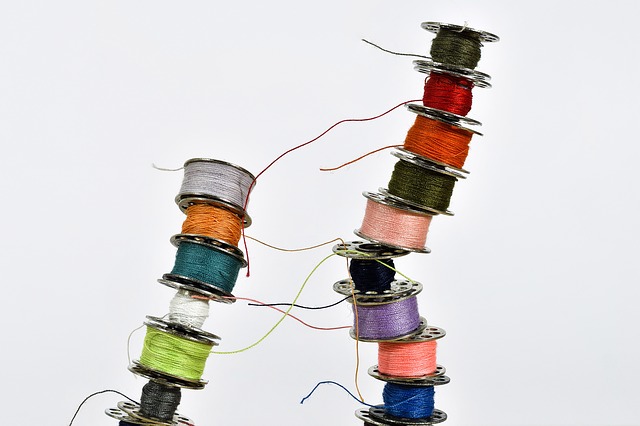 Indoor plants, including succulents, have become a popular trend. Not only do they add a touch of nature to our indoor spaces, but they also offer many benefits for our well-being. Succulents, with their unique shapes and textures, are particularly sought after for their ability to thrive in various environments.
Indoor plants, including succulents, have become a popular trend. Not only do they add a touch of nature to our indoor spaces, but they also offer many benefits for our well-being. Succulents, with their unique shapes and textures, are particularly sought after for their ability to thrive in various environments.
However, incorporating plants, including succulents, into interior design requires a careful balance to ensure harmony between the living elements and the overall aesthetic. This article explores the art of balance, offering insights into achieving a harmonious blend of indoor plants, including succulents, and interior design.
Selecting the Right Plants
Choosing the right indoor plants is crucial for achieving balance in interior design. Consider the following factors:
- Light requirements: Different plants have varying light preferences. Assess the lighting conditions in your space and select plants that thrive in those conditions.
- Size and scale: Consider the size of your space and choose plants that fit proportionally. Large plants work well in spacious areas, while smaller plants can be grouped or placed on shelves or countertops.
- Maintenance: Determine your ability to care for plants and choose ones that align with your lifestyle. Some plants require more attention, so select ones you can commit to nurturing.
Integrating Plants into Design Schemes
Once you have chosen the right plants, it’s essential to integrate them seamlessly into your interior design. Here are some tips:
Consider planters and containers: Opt for planters that complement your existing décor. They can range from sleek and modern to rustic and vintage, adding layer of design to your space.
Placement and arrangement:
- Experiment with different placements to find the perfect spot for each plant.
- Use them as focal points or create groupings to add visual interest.
- Consider utilizing empty corners, shelves, or hanging planters to maximize space.
Color coordination: Pay attention to the colors of your plants and how they interact with the surrounding elements. Choose plants with leaves that complement or contrast your color scheme to create an eye-catching display.
Creating Balance with Shape and Texture
Plants introduce an element of natural texture and shape to interior design. Follow these suggestions:
- Balance organic and geometric shapes: Incorporate plants with soft, flowing foliage to contrast with sharp, angular furniture or architectural features. This contrast adds visual interest and balance to your space.
- Vary leaf sizes and textures: Mix plants with different leaf sizes and textures to create depth and dimension. Combining plants with glossy leaves and those with matte or textured surfaces will enhance the visual appeal.
- Consider verticality: Utilize trailing or climbing plants to add height and vertical interest. They can be trained on trellises or allowed to cascade from hanging planters, drawing the eye upward and creating a sense of harmony.
Achieving harmony between indoor plants and interior design requires thoughtful consideration and balance. By selecting the right plants, integrating them seamlessly into your design schemes, and paying attention to shape, texture, and color coordination, you can create a space that is not only aesthetically pleasing but also promotes well-being and a connection with nature. The art of balance lies in finding the perfect blend, resulting in a harmonious and beautiful indoor oasis.

